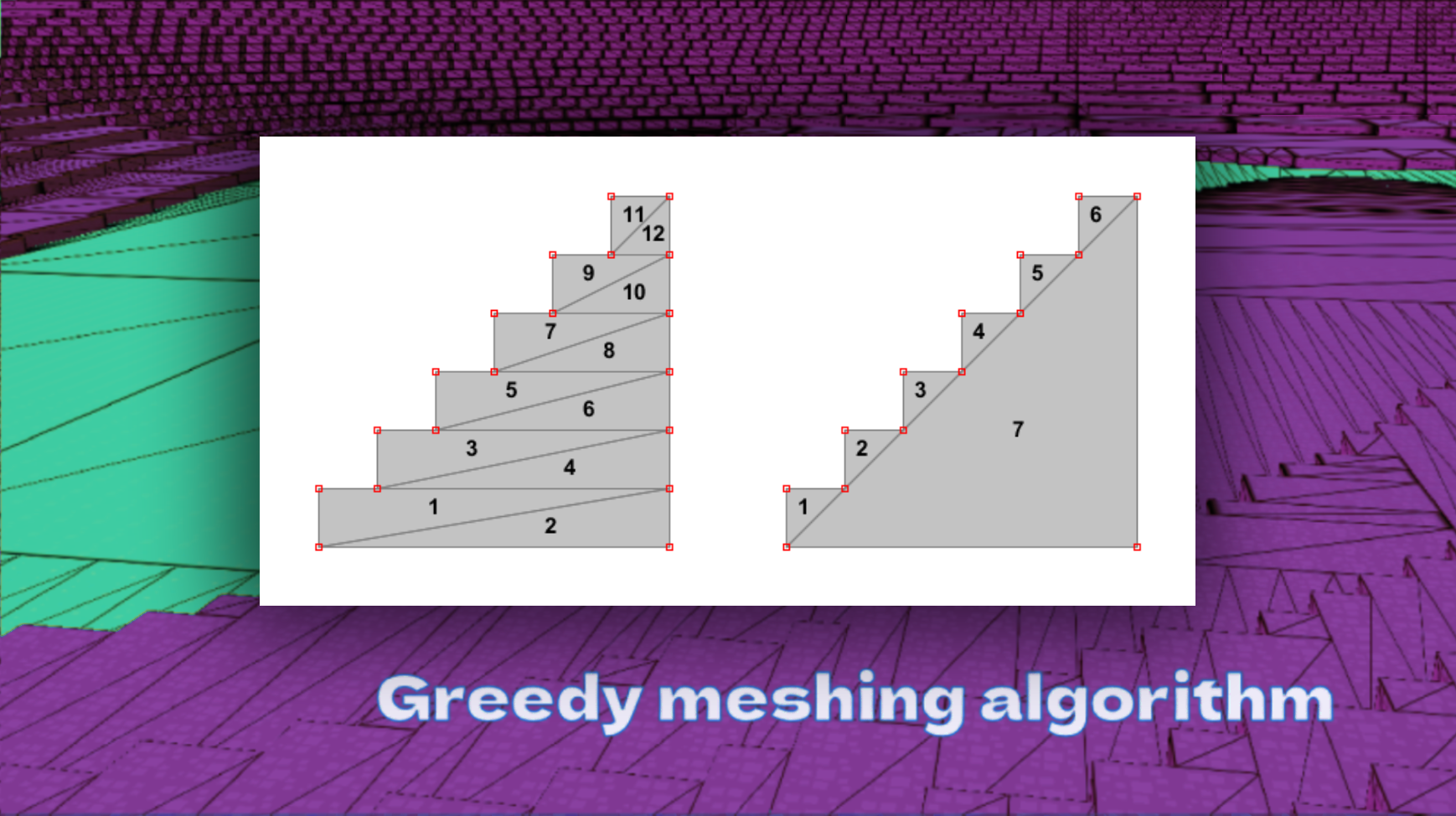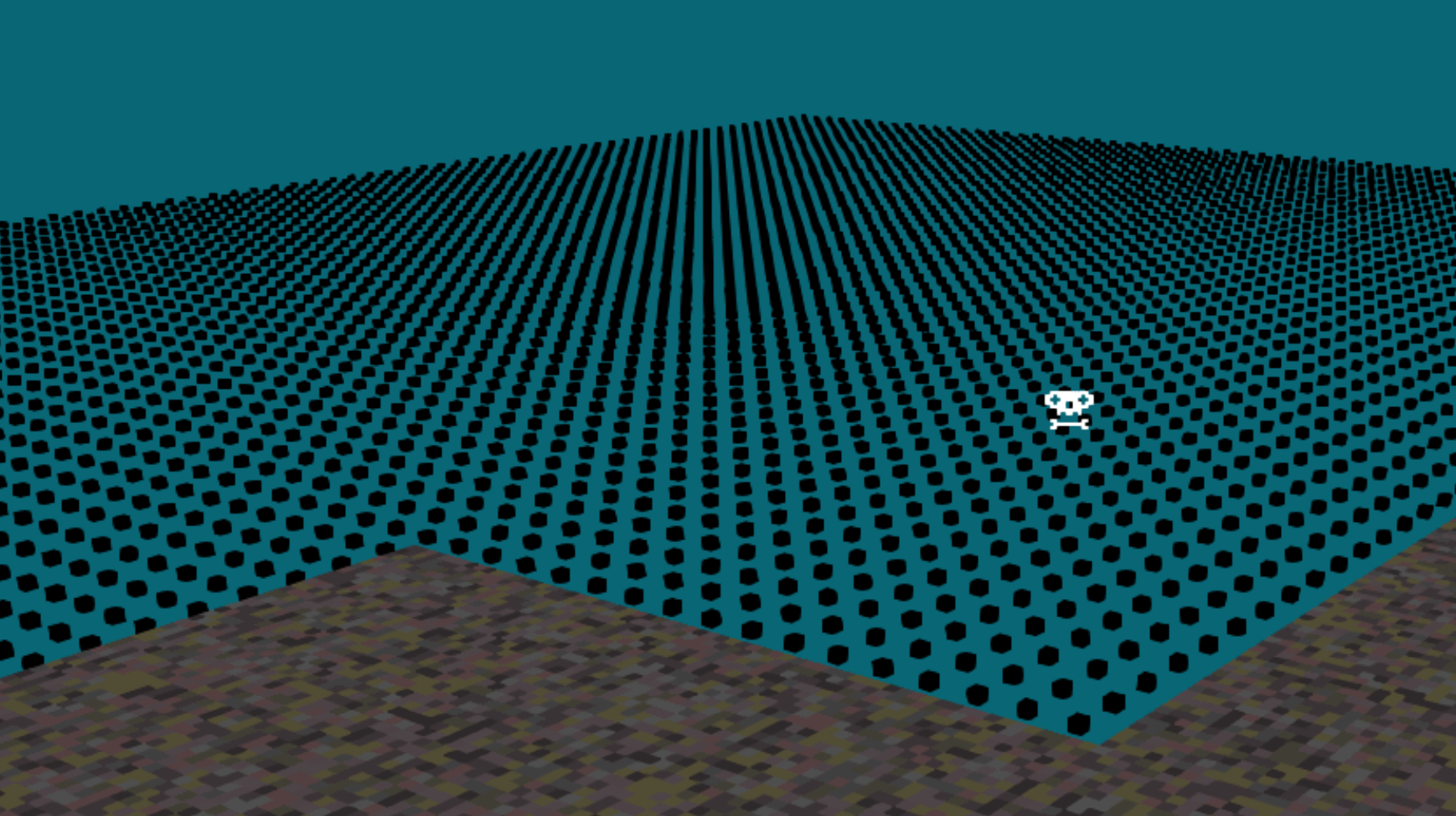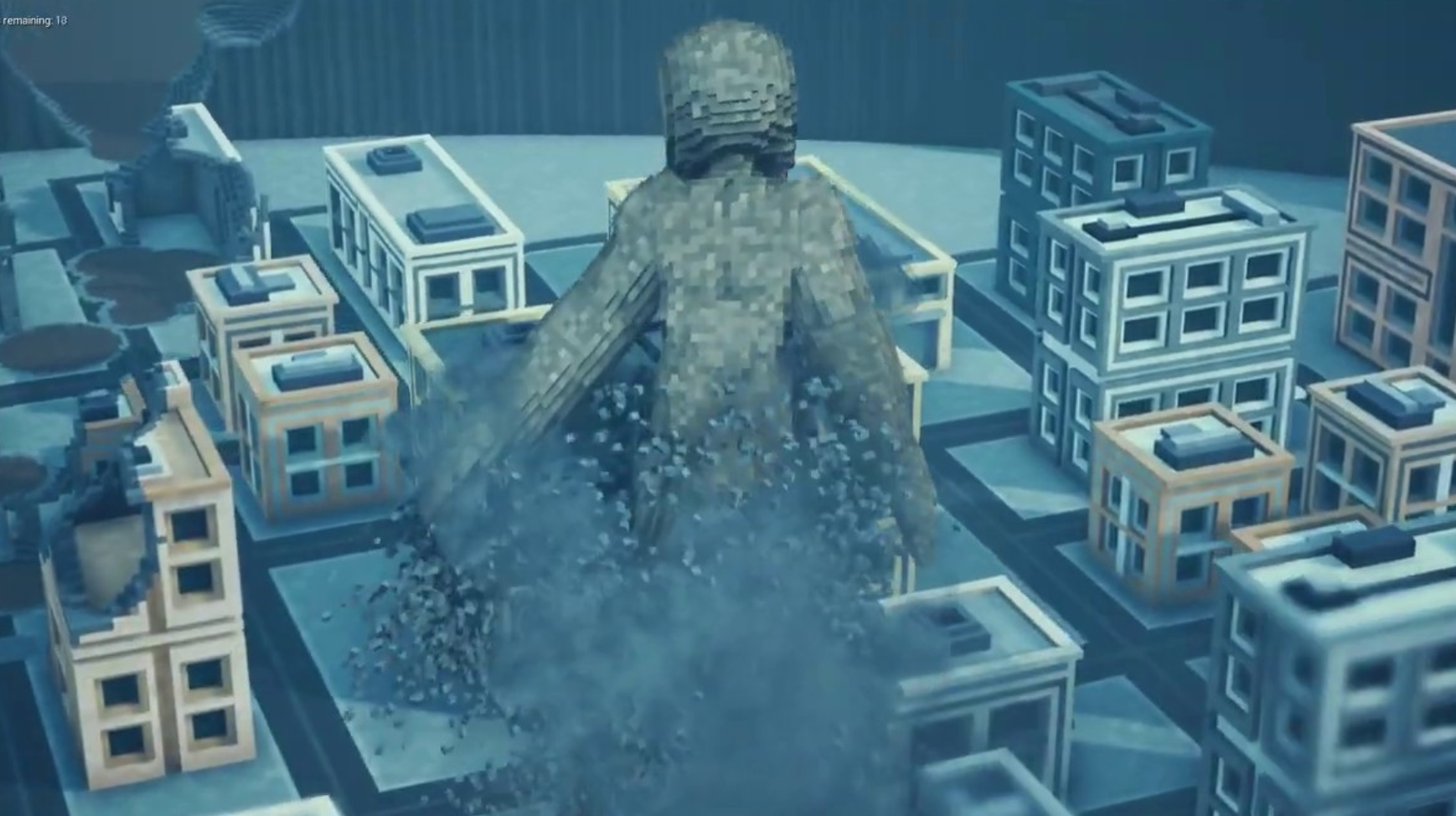Dynamic Level of Detail (LOD) in Voxel Engines
Dynamic Level of Detail (LOD) is a crucial optimization technique in voxel engines, allowing the engine to dynamically adjust the detail of rendered objects based on their distance from the player. This helps improve performance without sacrificing visual quality, especially in vast, procedurally generated voxel worlds. Below, we explore the key aspects of Dynamic LOD in voxel engines.
- Introduction to Dynamic LOD
- Distance-Based LOD
- Mesh Simplification for Distant Objects
- Chunk-Level LOD
- Adaptive LOD Transitions
Introduction to Dynamic LOD
Dynamic Level of Detail (LOD) is an optimization technique where the detail level of objects is adjusted based on factors such as the distance from the player or the object’s relevance in the scene. In voxel engines, where each voxel represents a small part of a larger world, rendering the full detail of every voxel is often unnecessary, particularly for objects far from the player.
By reducing the level of detail for distant objects, the engine can conserve computational resources and improve rendering performance. Dynamic LOD ensures that objects close to the player are rendered with high detail while distant objects are displayed with a lower level of detail, optimizing the overall rendering pipeline.
Implementing dynamic LOD in voxel engines allows for a smoother gameplay experience, particularly in expansive environments where vast numbers of voxels are processed. By focusing resources on areas where detail is most needed, the engine can handle large worlds without overwhelming the hardware.
Distance-Based LOD
Distance-based LOD is a common approach used in voxel engines to adjust the level of detail based on an object’s distance from the player. Objects closer to the player are rendered with full detail, while those farther away are rendered with fewer polygons or simplified models. This helps reduce the rendering load by focusing detail where it is most needed.
For example, a distant mountain range or far-off terrain can be represented with fewer voxels, while the terrain directly around the player is rendered with full voxel precision. As the player moves closer to an object, the engine dynamically increases the level of detail, ensuring that nearby objects are always visually accurate.
This technique is particularly effective in large, open-world voxel games. By implementing distance-based LOD, the engine can handle vast worlds while maintaining a high frame rate. The key challenge lies in ensuring smooth transitions between different LOD levels so that players don’t notice the change in detail.
Mesh Simplification for Distant Objects
Mesh simplification is a technique used in conjunction with dynamic LOD to reduce the complexity of objects as they move farther from the player. In voxel engines, this involves merging or simplifying the geometry of distant objects or groups of voxels, reducing the number of vertices and polygons that need to be processed.
For example, a distant cluster of trees might be represented by a single simplified mesh rather than individual voxels. By simplifying the mesh, the engine can greatly reduce the computational load, especially in scenes with many objects. This optimization technique is crucial in maintaining high performance while rendering large voxel worlds.
Mesh simplification must be carefully designed to preserve the overall shape and appearance of objects, even when they are simplified. If done correctly, the player should not notice the reduced detail, as it is only applied to objects far from their current location. When the player moves closer, the engine dynamically increases the complexity of the mesh to restore full detail.
Chunk-Level LOD
Chunk-based LOD is a voxel engine optimization that applies different levels of detail to entire chunks of voxels, based on their distance from the player. Rather than adjusting the detail of individual voxels, the engine handles groups of voxels, or chunks, as single entities, simplifying or refining them dynamically as the player moves.
This approach helps reduce the complexity of the LOD calculations by working with larger units of data. For example, distant chunks of terrain can be simplified into low-detail versions, representing the general shape of the landscape without the need to process every voxel within the chunk. As the player moves closer, the engine loads higher-detail chunks, ensuring that nearby areas remain visually accurate.
Chunk-based LOD is particularly useful in voxel engines with procedurally generated worlds. Since the world is divided into chunks, the engine can quickly adjust the level of detail for entire regions, improving performance while maintaining visual consistency across different areas of the game world.
Adaptive LOD Transitions
Adaptive LOD transitions refer to the smooth changes in detail level as objects or chunks move between different LOD states. In voxel engines, abrupt changes in detail can be jarring for the player, so it’s essential to implement transitions that are visually seamless. Adaptive transitions ensure that the shift between LOD levels occurs gradually, without noticeable popping or sudden changes.
One common technique is to blend between different LOD levels over a short distance or time. For example, as a player moves closer to a distant hill, the engine gradually increases the level of detail for that hill, making the transition appear smooth and natural. This prevents the player from seeing the sudden appearance of high-detail meshes or voxels as they approach an object.
Implementing adaptive LOD transitions requires additional computational resources, but the benefits in visual quality and player immersion are significant. Players are less likely to notice the changes in detail, resulting in a more cohesive experience, especially in large open-world environments. The key to successful adaptive LOD transitions is to balance performance with visual smoothness, ensuring that the game runs efficiently without sacrificing quality.

 Donate
Donate

